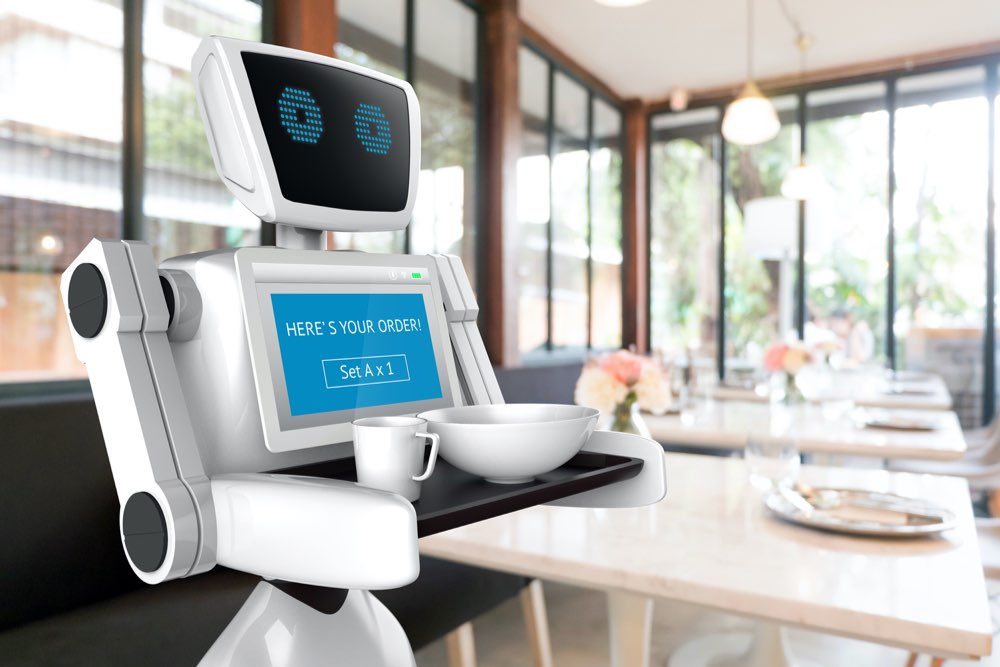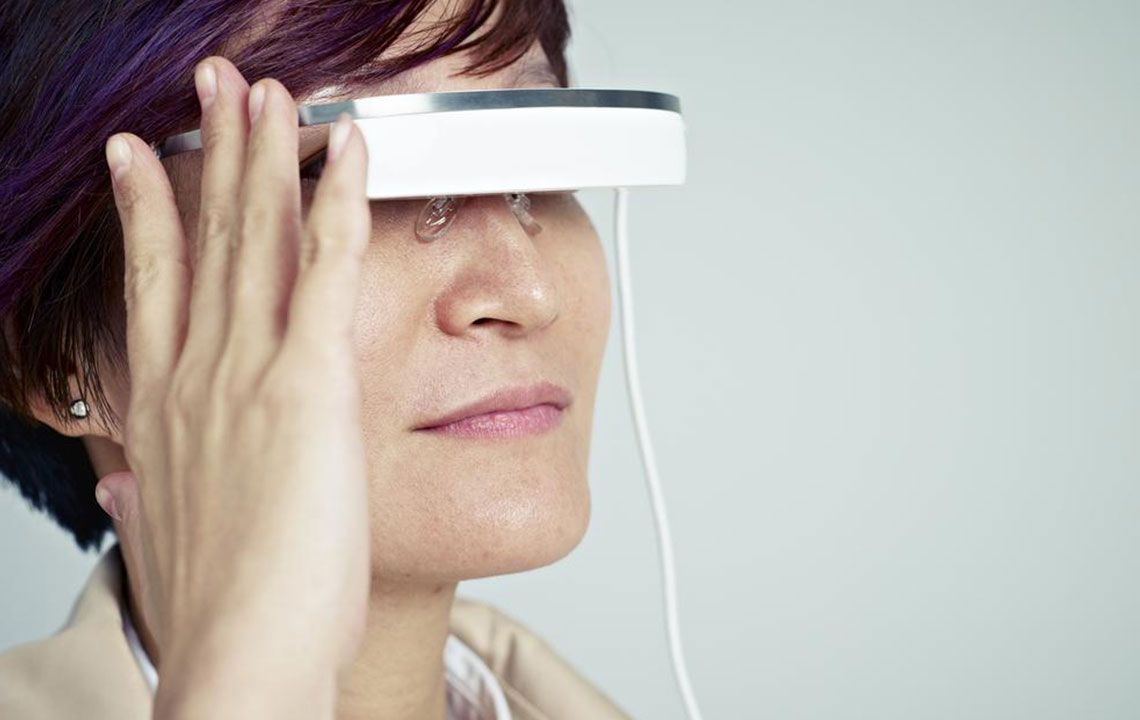Six Cutting-Edge Technologies Poised to Revolutionize Our Future
Explore six revolutionary technologies shaping the future of energy, healthcare, communications, and food, including fusion power, gesture control, Li-Fi, health monitoring, neural interfaces, and lab-grown meat. These innovations aim to create a smarter, healthier, and more sustainable world.

Six Cutting-Edge Technologies Poised to Revolutionize Our Future
Throughout human history, our species has undergone remarkable transitions—from primitive hunter-gatherer societies and caves to the grandeur of skyscrapers and the marvels of modern technology. Today, the pace of innovation continues to accelerate at an unprecedented rate, driven by relentless scientific research and technological breakthroughs. These advancements are reshaping the way we live, work, and interact with our environment. In this comprehensive exploration, we delve into six pioneering technologies that are set to redefine our future: harnessing fusion energy, gesture-controlled interfaces, optical data transfer systems, advanced health-monitoring devices, neural brain-computer interfaces, and lab-grown food products. Each of these innovations holds the promise of creating a smarter, healthier, and more sustainable world for generations to come.
Nuclear Fusion: Unlocking Limitless Clean Energy
Our global reliance on fossil fuels has long been a double-edged sword, fueling economic growth while significantly contributing to climate change and environmental degradation. Traditional energy sources like coal, oil, and natural gas are not only finite but also produce greenhouse gases and hazardous waste, posing serious threats to our planet. Nuclear fusion, however, offers a revolutionary alternative that could end our dependence on polluting energy sources. Inspired by the process that powers the sun, fusion involves fusing hydrogen isotopes—extracted from seawater and lithium—under immense heat and pressure to generate abundant, clean energy. Unlike nuclear fission, fusion produces minimal radioactive waste, making it a safer and more sustainable energy solution. Although commercial fusion reactors are still under development, technological advancements are bringing us closer to making fusion power a practical reality that could supply limitless energy for centuries.
Gesture-Based Control Interaction
Imagine controlling your devices effortlessly using just hand movements—no more screens, keyboards, or traditional input methods. Gesture control technology employs advanced sensors and cameras to interpret human gestures, allowing users to operate electronic devices through natural motions. Inspired by science fiction and popularized by applications in virtual reality and gaming, this technology is now making its way into everyday devices. Engineers are developing intuitive systems that sense hand gestures, enabling seamless interaction with smartphones, smart homes, automotive dashboards, and augmented reality interfaces. The result is a more natural, efficient, and immersive user experience that bridges the gap between humans and machines.
Optical Data Transmission (Li-Fi): The Future of Wireless Data
As the demand for high-speed internet and data transfer continues to grow exponentially, traditional Wi-Fi, which relies on radio waves, is nearing its bandwidth limits. Enter Li-Fi—Light Fidelity—a revolutionary technology that uses visible light, ultraviolet, or infrared light to transmit data at ultra-fast speeds. By modulating light sources like LED lamps, Li-Fi provides a secure, interference-free connection capable of transferring large amounts of data in a fraction of a second. With a spectrum 10,000 times larger than radio frequencies, Li-Fi has the potential to revolutionize data transmission, especially in environments where radio signals are restricted or prone to interference. Furthermore, Li-Fi could become more cost-effective and energy-efficient than current wireless technologies, paving the way for widespread adoption in homes, offices, and public spaces.
Health Monitoring Devices: Revolutionizing Healthcare Diagnostics
Healthcare is undergoing a transformative shift towards proactive, personalized diagnostics with the advent of intelligent health monitoring devices. Smart mirrors equipped with sensors can now analyze your skin, body composition, and vital signs in real time, alerting you to deficiencies or early signs of health problems. Similarly, intelligent toilets embedded with sensors can analyze waste to detect biomarkers indicative of illnesses such as diabetes, infections, or nutritional deficiencies. These smart fixtures promise to make health assessments effortless and continuous, reducing the need for invasive procedures and frequent visits to healthcare facilities. Combined with data analytics and AI, these devices can enable early diagnosis, personalized treatment plans, and improved health outcomes—all from the comfort of home.
Brain-Computer Interfaces (Neuralink): Bridging Minds and Machines
Elon Musk’s Neuralink is a pioneering neural interface technology that seeks to connect the human brain directly with computers. This innovation involves implanting tiny electrodes into the brain, allowing thoughts, intentions, and commands to be translated into digital signals. Neuralink aims to restore functions lost due to neurological conditions such as paralysis, blindness, or Parkinson’s disease. Furthermore, the technology envisions a future where humans can control devices mentally, communicate instantly via thought, and even upload or share memories—blurring the line between biological and artificial intelligence. While still in development, neural interfaces have the potential to revolutionize medicine, enhance human cognition, and foster unprecedented modes of human-machine collaboration, transforming the way we interact with technology on a fundamental level.
Lab-Grown Meat: Ethical and Sustainable Food Innovation
The global food industry is on the cusp of a sustainability revolution, thanks to the development of lab-grown meat. Pioneered by companies like Mosa Meat and Memphis Meats, this technology involves cultivating animal muscle tissue directly in bioreactors, eliminating the need to raise and slaughter animals. Lab-grown beef, chicken, and seafood not only reduce animal suffering but also minimize environmental impacts such as greenhouse gas emissions, deforestation, and water consumption. As the technology matures, costs are expected to decline, making lab-grown meat a viable alternative for consumers seeking ethical, sustainable, and high-quality protein sources. This innovation could fundamentally change the future of food, ensuring food security in a growing world population while maintaining ecological balance.
In conclusion, these six transformative technologies exemplify humanity’s relentless pursuit of progress and sustainability. As they mature and become widely adopted, they hold the power to solve some of our most pressing challenges—climate change, health crises, food security, and our well-being. Embracing these innovations will usher in a new era of human capability and environmental responsibility, shaping a better world for generations ahead.





